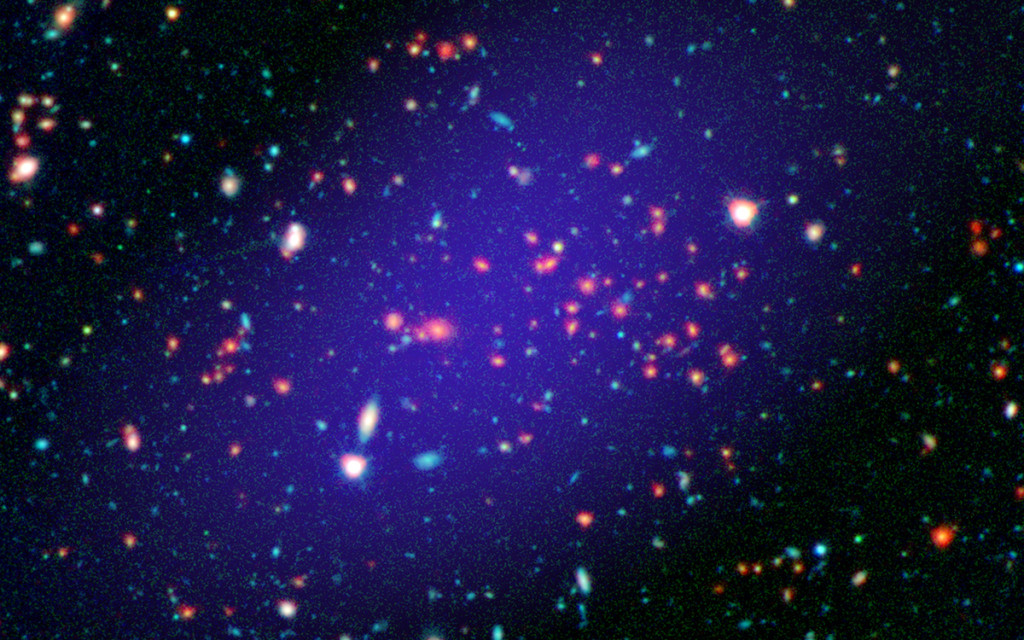Impressive space photos of the week (11/02/08/11)

Spacecraft and ground-based telescopes continue to work for the benefit of mankind. Earth scientists are getting more and more information about outer space, planets, stars and many other objects of the universe. Serious scientific data also include images of various areas of space, which help to better understand how various objects were formed, and what is happening to them now. In the sequel - a series of interesting pictures taken this week.

A photograph of the Milky Way taken from Earth. Using images from the Hubble telescope, astronomers are now conducting "space archaeological excavations" of the center of our galaxy, understanding how its development took place.

The Hubble telescope helped to detect a whole population of stars - white dwarfs, which are located in one of the areas of the Milky Way.

Mrk 820 is a S0 type lens galaxy. This galaxy is an intermediate link between an elliptical galaxy and a spiral galaxy. Mrk 820 has signs of both types of galaxies.

The Swift system recently detected a thousandth gamma-ray burst. According to Wikipedia, a gamma-ray burst is a large-scale cosmic emission of explosive energy observed in distant galaxies in the hardest part of the electromagnetic spectrum. Gamma-ray bursts (GW) are the most striking electromagnetic events occurring in the Universe. The duration of a typical HS is a few seconds, but it can last from milliseconds to an hour. The initial burst is usually followed by a long-lived “afterglow” emitted at longer wavelengths (X-ray, UV, optics, IR and radio).

And this is the galactic cluster MOO J1142 + 1527, a giant cluster of galaxies located at a distance of 8.5 billion light-years from Earth. Scientists have determined that the mass of this cluster is quadrillion times the mass of the Sun.

The highest quality image of 2015 TB145's asteroid, which recently passed near the Earth. NASA scientists used ground-based radio telescopes in order to receive reflection of the signal from the asteroid, during its flight past Earth on October 31 this year.
